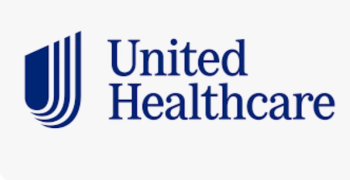
State of the Industry 2011: Medical homes
The theory behind the model is that care can best be provided by a team of clinicians
Patient-centered medical homes (PCMH) are being hailed as a better way to provide comprehensive primary care. The theory behind the model is that care can best be provided by a team of clinicians coordinated by a patient's personal physician for better outcome and cost savings.
"Patient-centered medical home projects are gaining swift momentum all over the country and the landscape has changed dramatically since this time last year," he says, adding that 43 states have passed laws supporting PCMH.
Health plans are getting onboard, he says. For example, Rhode Island Blue Cross and Blue Shield and United-Healthcare are investing "significant amounts" in pilot projects. He cited project expansions by CDPHP in Albany, N.Y., and by MVP Health Care in Vermont, New Jersey and New York. Geisinger Health System, based in Danville, Pa., one of the early adopters of the model, provides PCMH in 37 sites.
With encouragement from President Obama, the federal government has invested $3.8 billion in the Veterans Administration system and $1.8 billion in the Department of Defense to transform to medical-home standards of care, signaling a pivotal national change, according to Dr. Grundy.
Likewise, PPACA provides a new Medicaid state plan option starting next year that allows enrollees with two chronic conditions to designate a provider as a health home. In the two years following, Medicaid payments to primary care doctors are scheduled to increase.
Newsletter
Get the latest industry news, event updates, and more from Managed healthcare Executive.





















































